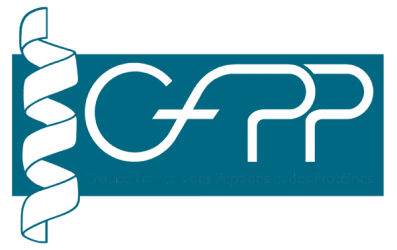
In vitro dose–response tests reveal that moricin peptide retards the growth of Streptococcus pneumoniae. Molecular docking and MD simulation tests show that moricin binds strongly to Pneumococcal Surface Adhesin A (PsaA). ADMET profile shows that moricin can be safely absorbed, has minimal toxicity and could be used as a treatment. Moricin disrupts membrane potential and causes membrane leakage of bacteria. It is biocompatible, with no significant toxicity to BV2 microglial cells.
ABSTRACT
The rise of multidrug-resistant Streptococcus pneumoniae poses a major public health threat, necessitating novel therapeutic targets. Pneumococcal Surface Adhesin A (PsaA), a conserved surface lipoprotein, plays a key role in manganese acquisition, colonization and virulence. Immunization with PsaA elicits protective immunity, while fragment-based drug design has identified inhibitors disrupting its function. PsaA emerges as a promising molecular target for innovative therapeutic strategies against pneumococcal diseases. Antimicrobial peptides (AMPs) are crucial components of the innate immune system, providing a potent defence mechanism against a broad spectrum of pathogens. Moricin, an AMP initially identified in Bombyx mori, exhibits robust antimicrobial activity against Gram-positive bacteria. This study explores the inhibitory effects of moricin on S. pneumoniae, a significant human pathogen responsible for severe infections such as pneumonia, meningitis and sepsis. In silico analyses, including molecular docking and molecular dynamics simulations, revealed a strong interaction between moricin and the PsaA. In vitro studies corroborated the computational findings, demonstrating a dose-dependent inhibition of S. pneumoniae growth. Moricin induced bacterial membrane disruption, evidenced by increased membrane permeability, release of intracellular contents and altered membrane potential, highlighting the bactericidal mode of action. Furthermore, time-kill kinetics revealed rapid bacterial eradication, underscoring moricin’s efficacy. Additionally, toxicity assays on the macrophage BV2 cell line demonstrated that moricin caused no significant structural or organelle damage, emphasizing its biocompatibility and safety. The integration of in silico and in vitro approaches provides comprehensive mechanistic insights into moricin’s antimicrobial action and establishes its potential as a safe and effective therapeutic agent against S. pneumoniae.


